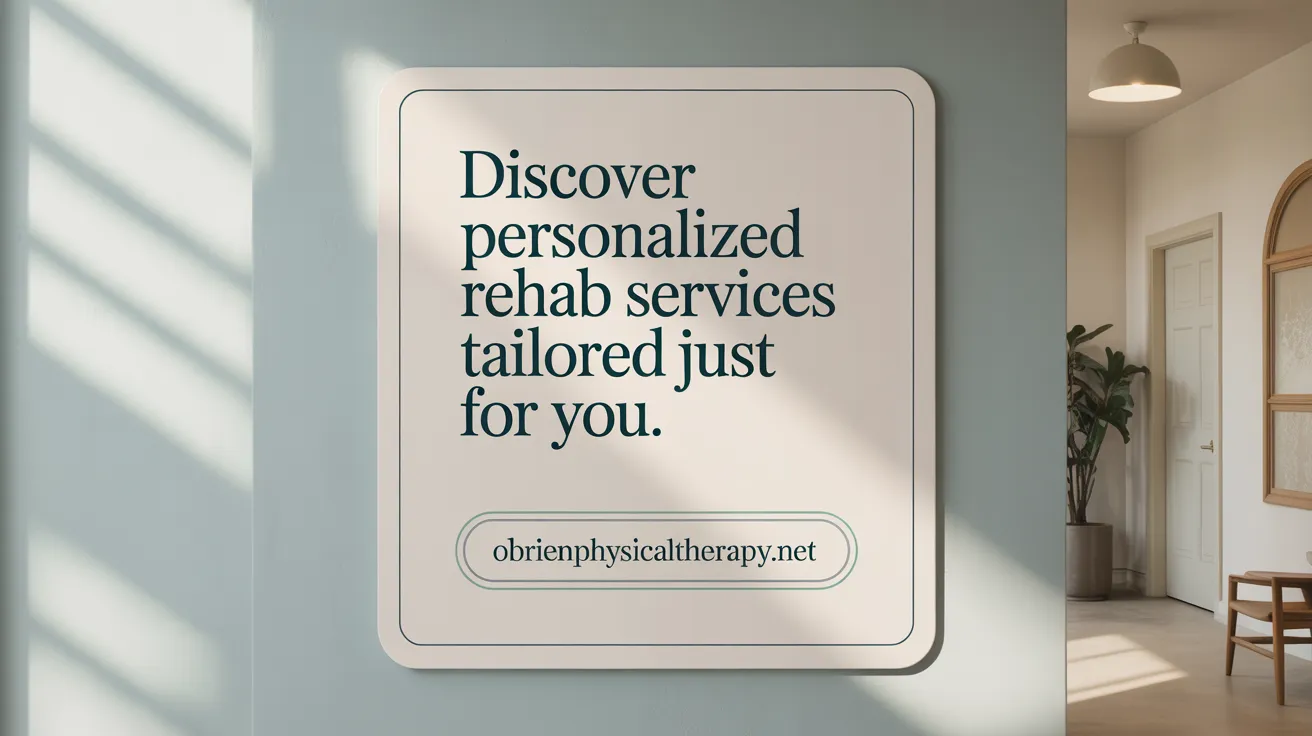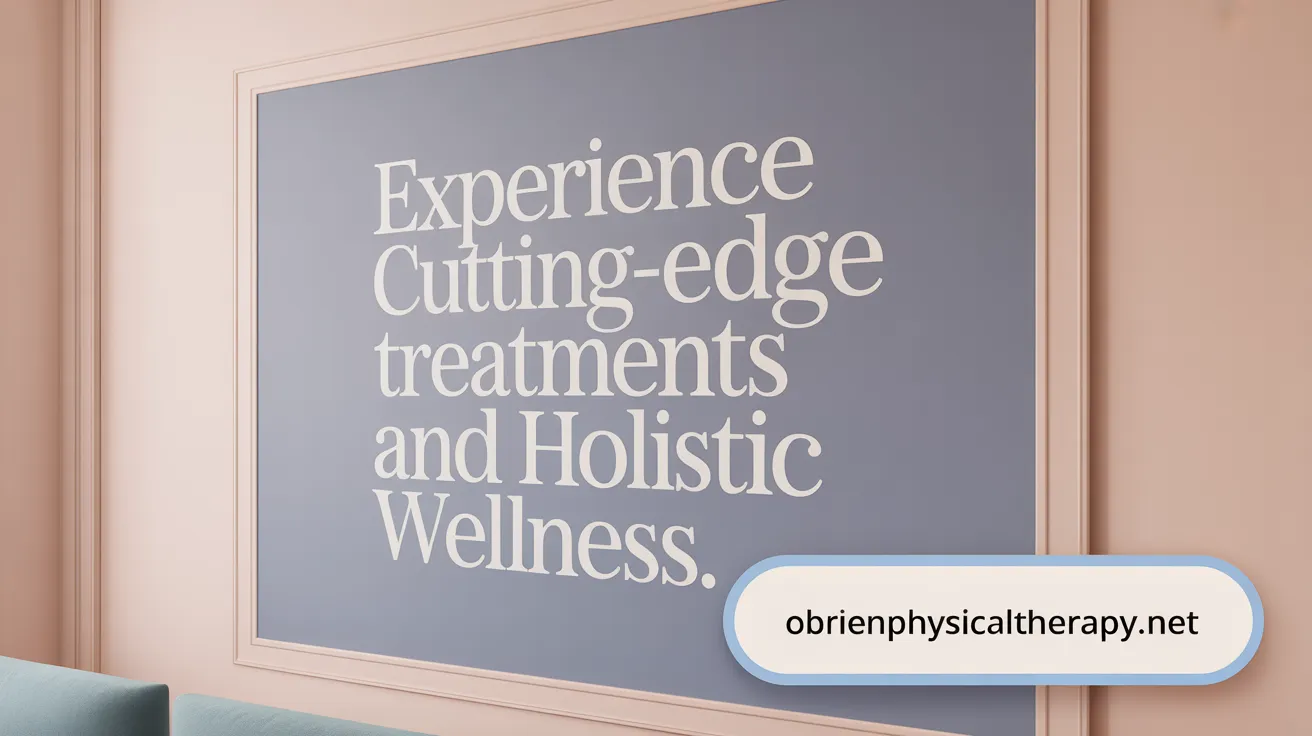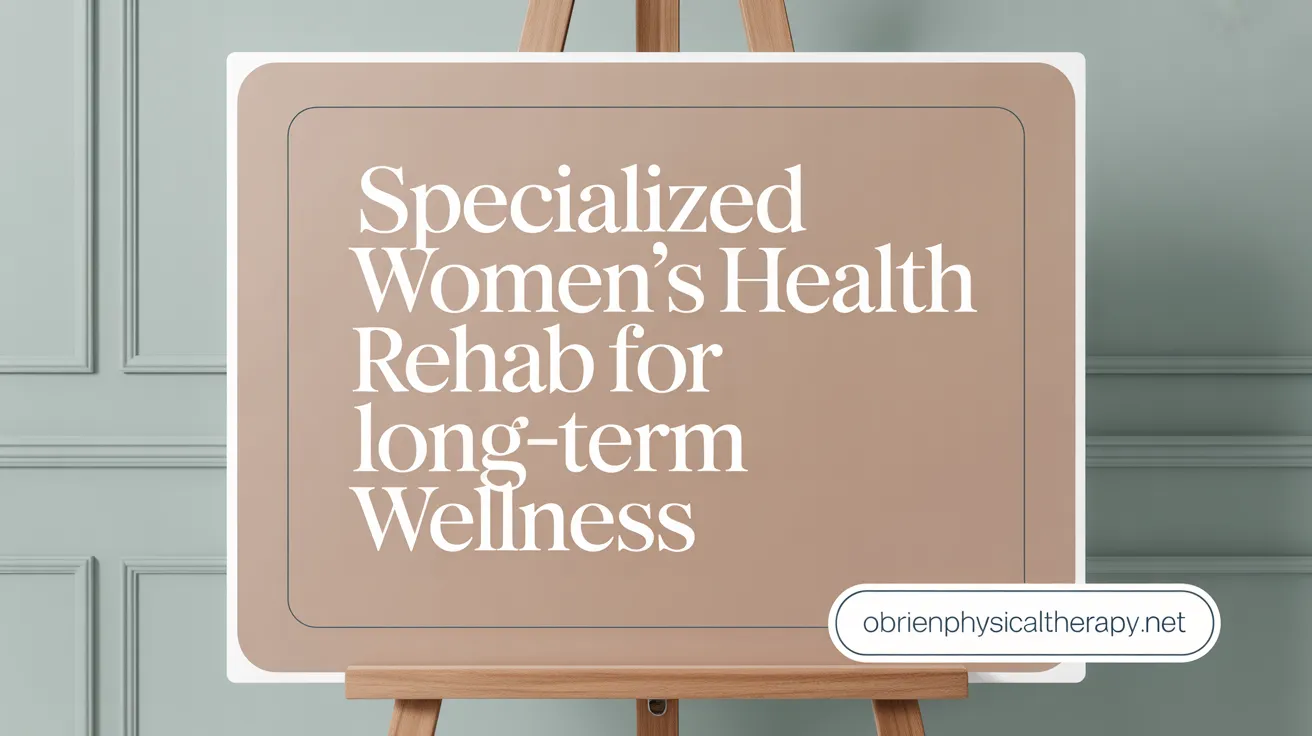Understanding the True Scope of Physical Therapy
Physical Therapy: More Than Injury Recovery
Physical therapy is a comprehensive healthcare profession dedicated to improving function, reducing pain, and enhancing quality of life. It goes well beyond treating injuries or post-surgery rehabilitation. Physical therapists address a broad spectrum of conditions including chronic pain, cardiovascular issues, carpal tunnel syndrome, neurological disorders, pelvic health, and more.
Early Intervention Matters
Engaging with a physical therapist early in the course of musculoskeletal or functional problems can prevent worsening symptoms and reduce the risk of surgery. Physical therapists evaluate individual needs and develop personalized treatment plans that promote healing and restore mobility.
Evidence-Based and Patient-Centered
Therapeutic interventions are grounded in scientific evidence, combining manual therapy, movement exercises, patient education, and lifestyle modifications. The active participation of patients is essential, including adherence to home exercises and open communication about progress and pain levels.
By addressing diverse health concerns through customized care, physical therapy empowers patients towards active and pain-free living, reinforcing its role as an essential element of modern healthcare.
Personalized Rehabilitation: Tailoring Treatment to Individual Needs

What types of personalized rehabilitation services does the clinic offer?
Our clinic in La Crosse, Wisconsin, focuses on delivering personalized rehabilitation services designed to meet the unique needs of every patient. These services encompass manual therapy, which addresses joint and soft tissue restrictions through hands-on techniques that promote mobility and reduce pain.
Therapeutic exercises form a core part of treatment plans and are carefully selected based on an individual's injury, health goals, and lifestyle. These exercises not only aid recovery but also improve strength, flexibility, and balance, which are essential for injury prevention and overall wellness.
We provide specialized programs targeting women's health concerns, such as pelvic floor rehabilitation, offering effective solutions for issues like incontinence and pain during intimacy. Athletes benefit from tailored sports recovery programs that optimize performance and facilitate safe return to activity.
Our approach is highly collaborative and patient-centered. Each treatment plan is customized, beginning with a professional evaluation and ongoing adjustments informed by patient feedback and progress. This ensures that pain management, functional improvement, and personal goals remain the focus throughout the rehabilitation journey.
By integrating evidence-based techniques, incorporating ultrasound therapy in rehabilitation, and emphasizing consistency in therapy and home exercises, alongside holistic health integration in physical therapy, we empower patients to regain function and lead active, pain-free lives.
Evidence-Based Treatments and Holistic Health Integration

What evidence-based treatments are provided at the clinic?
At our clinic in La Crosse, Wisconsin, we offer a comprehensive range of evidence-based treatments tailored to individual patient needs. Manual therapy techniques, such as joint mobilizations and soft tissue mobilization, are employed to reduce pain and improve joint mobility. These hands-on methods are supported by current research and are essential to many recovery plans.
We also prioritize therapeutic exercises designed to enhance strength, flexibility, and overall function. These exercises are customized for each patient, aiding Healing from Injuries, improving gait biomechanics, or optimizing athletic performance.
Additionally, modalities like electrical stimulation and ultrasound therapy in rehabilitation are incorporated to support tissue healing and alleviate discomfort. These tools complement active treatments by promoting blood flow and reducing inflammation (Physical Therapy Pain Myth).
Patient education is an integral part of our care. We guide patients on proper body mechanics, injury prevention, and the importance of consistent home exercises to ensure lasting benefits beyond the clinic (7 Tips for Physical Therapy Success, Recovery and injury prevention strategies).
How does the clinic integrate holistic health services with physical therapy?
Our clinic’s philosophy extends beyond physical rehabilitation to embrace holistic health integration in physical therapy. We create personalized plans addressing physical, mental, and emotional aspects of healing. This includes wellness coaching that focuses on nutrition, stress management, and mindfulness, supporting the mind-body connection essential to recovery (Physical Therapy and Mental Health).
By integrating these services, we aim to enhance overall wellness rather than merely manage symptoms. This approach is especially beneficial for cases involving chronic conditions, women’s health concerns, and sports-related injuries (Physical Therapy Beyond Injuries).
Our comprehensive care model empowers patients to actively participate in their health journey, fostering resilience and long-term vitality (Active Participation in Recovery). This blend of evidence-based physical therapy and holistic health integration in physical therapy reflects our commitment to individualized, community-focused care in La Crosse (Physical therapy for injury treatment in La Crosse.
Focused Women's Health Rehabilitation Services

How does the clinic address women's health needs?
The clinic provides specialized physical therapy tailored specifically to women’s health concerns, particularly focusing on pelvic floor dysfunction. Treatment addresses common issues such as incontinence, pelvic pain, and postpartum recovery, all frequent challenges faced by women during different life stages.
Therapists use a variety of advanced techniques including neuromuscular reeducation, manual therapy, biofeedback, electrical stimulation, and personalized therapeutic exercises. These approaches work together to restore pelvic floor strength and function, reduce pain, and improve quality of life.
Patient education is a crucial component, where women learn about proper posture, body mechanics, breathing strategies, and relaxation techniques. This education empowers patients to participate actively in their recovery and maintenance of pelvic health.
The clinic also emphasizes prenatal and postnatal care, offering support to manage symptoms like back pain and urinary incontinence that can arise during and after pregnancy.
Importantly, the clinic collaborates closely with the Mayo Clinic system, providing access to advanced surgical and medical care when conservative therapies require enhancement. This integrated approach ensures women receive comprehensive, holistic health integration in physical therapy for their pelvic health needs.
By combining expert hands-on therapy, patient-centered education, and collaboration with advanced providers, the clinic supports women in achieving improved function, reduced discomfort, and long-term wellness.
Sports Rehabilitation: Enhancing Recovery and Performance

What sports rehabilitation services are available at the clinic?
At our La Crosse clinic, we provide comprehensive sports rehabilitation tailored to athletes of all fitness levels. Our approach combines manual therapy, targeted therapeutic exercises, and supportive modalities like ultrasound therapy in rehabilitation and electrical stimulation. These techniques work together to accelerate recovery and rebuild strength effectively.
How does sports rehabilitation aid injury prevention?
We emphasize Preventing Injuries by improving flexibility, balance, and biomechanics. Our therapists conduct detailed assessments to identify muscle imbalances and joint alignment issues. Customized exercise programs support athletes in correcting gait and movement patterns, reducing the risk of re-injury.
What roles do manual therapy and therapeutic exercises play?
Manual therapy helps alleviate pain and restore mobility, while therapeutic exercises strengthen muscles and enhance endurance. When combined, they facilitate functional recovery, preparing patients to resume sports activities safely.
How are modalities used in sports rehabilitation?
Modalities such as electrical stimulation and ultrasound therapy in rehabilitation provide pain relief and promote tissue healing. These tools complement hands-on treatments and exercise, boosting overall rehabilitation efficiency.
How is progress monitored and treatments adjusted?
Our specialists carefully track each athlete's response to therapy. We encourage open communication and adjust treatment plans as needed to address pain levels and functional improvements, thereby ensuring steady progress.
What guidance is provided to return safely to activity?
Returning to sports is a gradual, monitored process with clear goals set at the outset. Our team ensures that patients regain strength and mobility before transitioning back to full participation, prioritizing long-term joint health and preventing setbacks.
What Physical Therapists Wish You Knew About Healing: Key Insights

Why is early resumption of daily activities important in healing?
Starting daily activities early in recovery, especially after back pain or injury, helps maintain joint mobility and promotes nutrient exchange in cartilage. Physical therapists monitor how the body responds to various movements to guide safe progression without aggravating pain.
Does physical therapy have to be painful?
Contrary to some myths, physical therapy is designed to reduce pain—not cause it. Therapists adjust exercises to ensure comfort and avoid discomfort. While some discomfort can occur, therapy should never result in increased pain.
How does movement and biomechanics influence recovery?
Proper movement and gait biomechanics play a crucial role in healing and injury prevention. Physical therapists assess and correct joint alignment during walking or running, which can prevent further injuries and support long-term health.
Why is patient involvement and communication vital?
Active participation is essential for successful recovery. Patients should consistently attend sessions, perform prescribed home exercises, and maintain open communication with their therapists about progress or discomfort. This partnership allows treatment plans to be personalized and adjusted as needed.
What role does long-term prevention and fitness play?
Physical therapy extends beyond immediate recovery. It emphasizes strength-building exercises like squats and lunges to maintain fitness as patients age. Therapists also develop individualized strategies to prevent future injuries, promoting active and pain-free living well into older age.
Empowering Your Healing Journey Through Knowledge and Partnership
Embracing Personalized, Evidence-Based Care
Physical therapy is a personalized journey rooted in evidence-based practices, designed to improve function, relieve pain, and restore mobility. Understanding your unique needs and goals allows your therapist to tailor treatments that fit your lifestyle and health status.
Your Active Role in Recovery
Active participation is essential. Consistently attending sessions, performing prescribed exercises at home, and maintaining open communication with your therapist empower you to take control of your healing.
The Value of Specialist Expertise
Working with specialized physical therapists ensures precise diagnosis and treatment, whether managing chronic pain, recovering from injury, or preventing future issues. Their expert guidance provides compassionate support and effective strategies tailored just for you.
Together, partnership and knowledge form the foundation for a successful, empowering recovery journey toward active, pain-free living.
